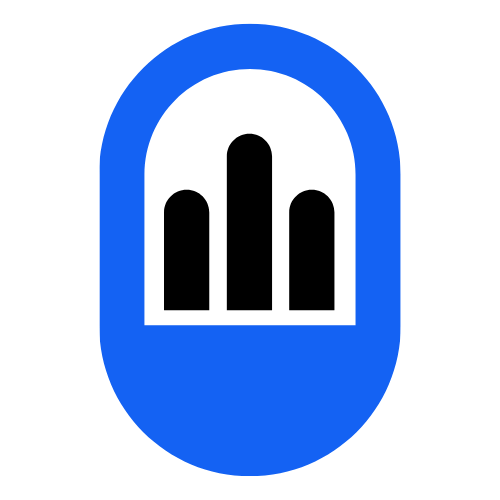Unlocking the Power of Storytelling Through User Interviews
To create products that people love, understanding the user's journey is not just about collecting data—it's about storytelling. User interviews, a cornerstone of user research, offer a goldmine for crafting compelling narratives that resonate deeply with audiences.
This blog delves into how leveraging user interviews can transform mere data into powerful storytelling, driving engagement and fostering a deeper connection with users.
The Essence of User Interviews in Storytelling
User interviews provide a unique window into the lives, experiences, and emotions of your users. Unlike quantitative data, which offers breadth, interviews provide depth. They reveal the why behind the what, uncovering the motivations, frustrations, and aspirations that drive user behavior.
It's these human elements, collected during interviews, that form the building blocks of a compelling narrative.
Crafting Narratives That Resonate
- Identifying the Hero's Journey: Every great story has a hero, and in the context of product design, the user is that hero. User interviews allow you to map out the user's journey, identifying their challenges, triumphs, and transformations. This journey, with its highs and lows, becomes a narrative arc that mirrors the classic hero's journey, making your product story relatable and engaging.
- Emotional Engagement: Stories that stir emotions are the ones that stick. Through user interviews, you can capture the emotional highs and lows associated with the user experience. Whether it's the frustration of a problem unsolved or the joy of a need met, these emotions become the emotional pulse of your story, connecting with users on a human level.
- Authenticity and Relatability: Authentic stories are powerful. User interviews provide real-life anecdotes and experiences that add authenticity to your narrative. This authenticity builds trust and relatability, as users see their own experiences and struggles reflected in your story.
- Highlighting Transformations: The most compelling stories are those of transformation. User interviews can help highlight how your product or service has transformed the user's life or workflow. These transformations not only serve as proof of value but also inspire potential users by showing them what's possible.
- Creating a Feedback Loop: Storytelling is not a one-way street. By sharing these narratives, you invite users to become part of the story themselves. This creates a feedback loop, where stories inspire actions and those actions lead to new stories. User interviews continue to play a crucial role in this loop, capturing evolving user stories and feeding them back into the narrative.
The Impact of Storytelling on Design and Marketing
Integrating storytelling into your design and marketing strategy can profoundly impact user engagement and product success. Stories crafted from user interviews not only guide product development in a user-centric direction but also serve as a potent marketing tool.
They communicate the value of your product in a way that is not only informative but also emotionally resonant and memorable.
In Conclusion
User interviews are more than just a research method; they are a storytelling tool. By transforming user insights into narratives, companies can create a compelling story that captures the essence of the user experience.
These stories not only inform and guide product development but also connect with users on a deeper level, building empathy, engagement, and loyalty. In a world where users are bombarded with information, a compelling story, rooted in real user experiences, can make all the difference.
